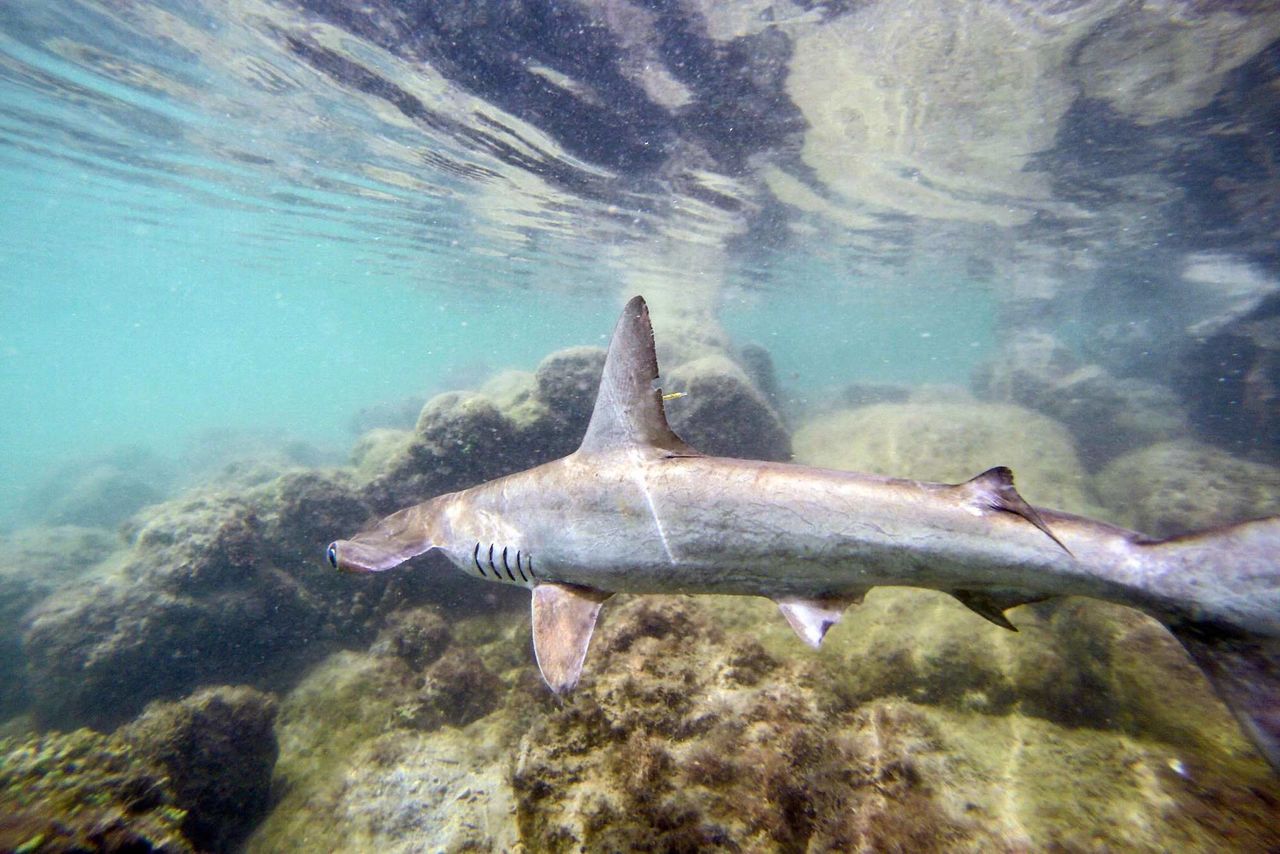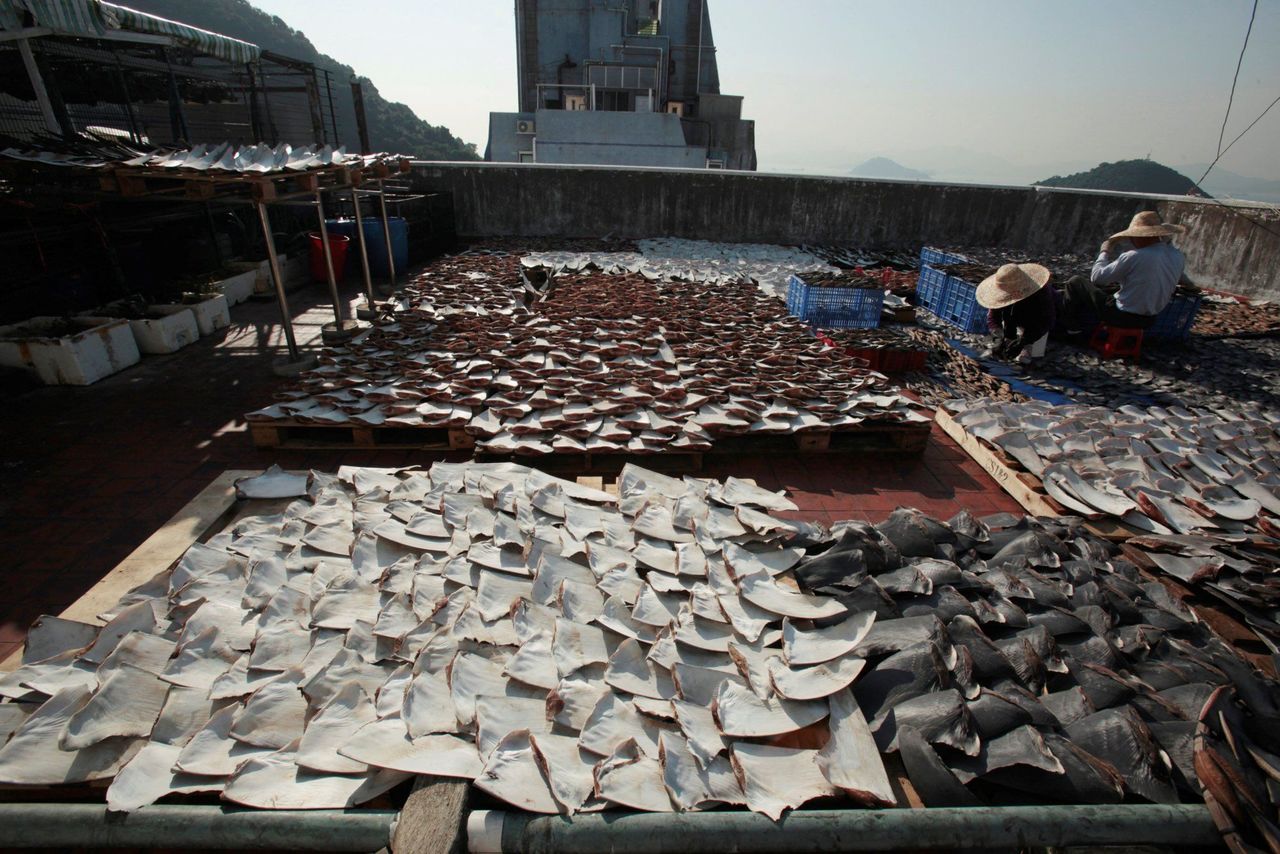The addition of more shark species under CITES protection has closed an enforcement loophole, making it easier to protect the species most at risk. Hong Kong must allocate more resources for enforcement, improve its skill in species identification, and brace for an increase in the illegal trade.
Hong Kong is no stranger to the shark fin debate. As one of the world’s largest importers of fins, the city has at times been mired in disputes between conservationists and traders about the sustainability of the industry. Conservationists point to the decline in shark populations globally, while the traders defend cross-generation family businesses and a long-standing cultural tradition of eating shark fins.
Irrespective of the local debate, there has been increasing recognition globally that sharks are in trouble and, if they are, so is the marine ecosystem on which we depend.
The international shark fin trade is regulated by the UN Convention on International Trade in Endangered Species of Wild Fauna and Flora (CITES), which determines which species are to be “listed” to prevent overexploitation. For wildlife listed under Appendix I, the trade of wild-caught specimens is mostly prohibited. Appendix II listings allow for the trade of wild and farmed wildlife, but only in compliance with set quotas and permits.
There are about 1,200 species of sharks, rays and chimeras, of which about 390 are known to be at risk of extinction. Since 2003, more than 40 species in the global fin and meat trade have been listed. The vast majority of traded species are not regulated – until last week, when CITES made the groundbreaking decision to list – by our counting – an additional 97 shark and ray species in Appendix II.
These listings are significant; they recognise that many “lookalike” shark species need to be regulated along with the species most at risk from the trade. Without listing the lookalikes, enforcement would simply not be possible.
Compared to the number of known threatened shark species, 97 may not seem many. However, these new listings include the most heavily traded species for their fins. Based on up-to-date research on the composition of Hong Kong’s shark fin trade, it’s estimated that 90 per cent of the trade will now be regulated.
 A baby hammerhead shark swims after being released by the Galapagos
National Park research team in 2018, where a shark nursery was
discovered along the coast of Santa Cruz Island in the Galapagos,
Ecuador. CITES last week approved the protection of dozens of shark
species, a move that could drastically reduce the lucrative shark fin
trade.
A baby hammerhead shark swims after being released by the Galapagos
National Park research team in 2018, where a shark nursery was
discovered along the coast of Santa Cruz Island in the Galapagos,
Ecuador. CITES last week approved the protection of dozens of shark
species, a move that could drastically reduce the lucrative shark fin
trade. Second, the illegal fin trade is expected to increase, due to the rise in the number of species regulated. Such a trend has been witnessed time and again. In August 2021, the government showed foresight and enhanced enforcement powers needed to tackle wildlife trafficking. This places the government in good stead to crack down on syndicates trafficking shark fins.
Third, species identification is key to enforcement. All shark species currently listed in CITES can be identified visually. This makes enforcement relatively straightforward, for unprocessed fins at least (which make up the bulk of Hong Kong’s trade).
With the new listings, which include entire families of sharks, enforcement could potentially be simpler. Identification may only need to be made to the family-level, rather than be species-specific. There are also many tools now available to aid such identification work.
On this, the government has again shown foresight. By exploring the use of rapid DNA kits used in combination with visual identification, it is able to use the most accurate method of identifying the species of seized fins. These kits can identify most existing CITES-listed species.
 Workers lay out pieces of shark fin to dry on a rooftop of a factory building in Hong Kong in January 2013.
Workers lay out pieces of shark fin to dry on a rooftop of a factory building in Hong Kong in January 2013.
A major concern however, is the small fin trade – the fins of juveniles. Visual identification is nigh-on impossible when the fin base is below 9cm. Accurate identification must rely on DNA analysis.
From a conservation perspective, trading the fins of juveniles is especially problematic given the low fecundity, slow sexual maturation and long reproductive cycles of many shark species. The Hong Kong government should therefore consider whether small fins should be allowed to be traded at all.
It is important for the 97 shark listings to be successful, for the trade to be compliant and enforcement to be swift and punitive where necessary. This will lay a strong foundation for regulating the many other marine species that are being overexploited. With some will, as well as resources invested in the right departments, Hong Kong’s government could become a leader implementing CITES for the benefit of biodiversity worldwide.















